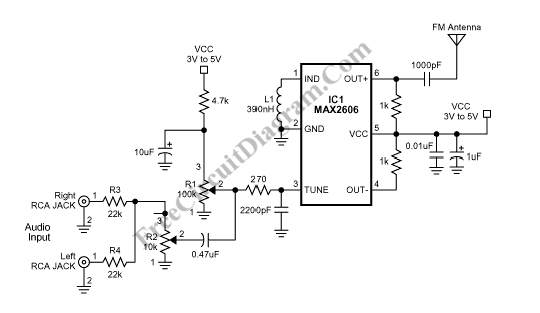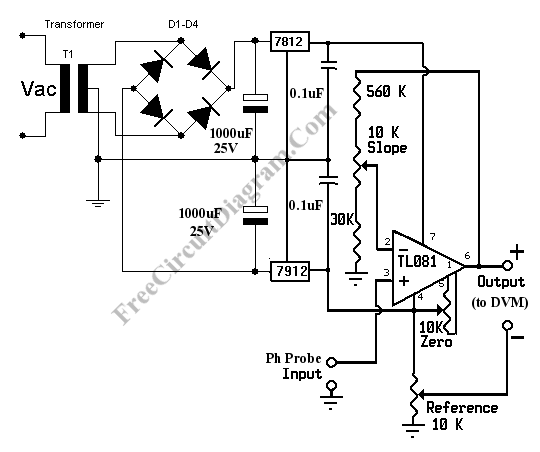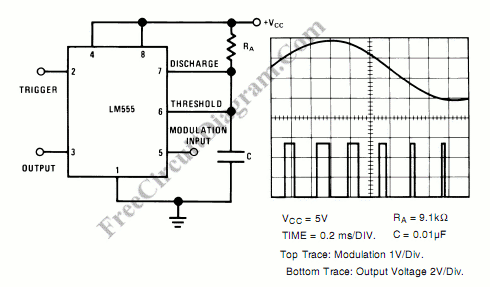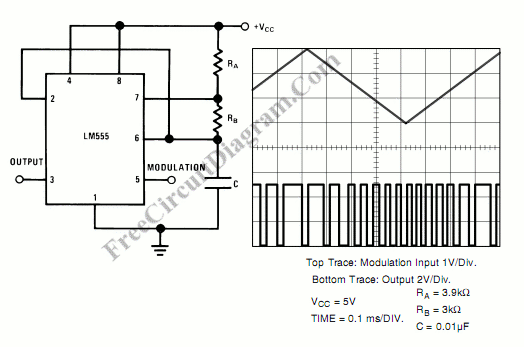UHF Antenna Booster
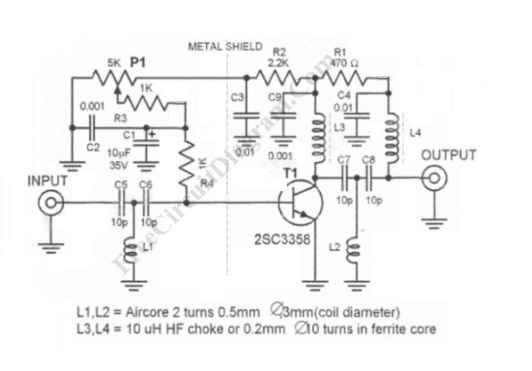
UHF antenna booster can be used for better reception, especially when you’re far from TV station / relay transmitter. This UHF antenna booster works in 400-850 MHz range. Here is the circuit diagram of the UHF antenna booster: The circuit use only one transistor, but it gives you 10 to 15 dB amplification, enough for many situation. The most important […]
Read more
